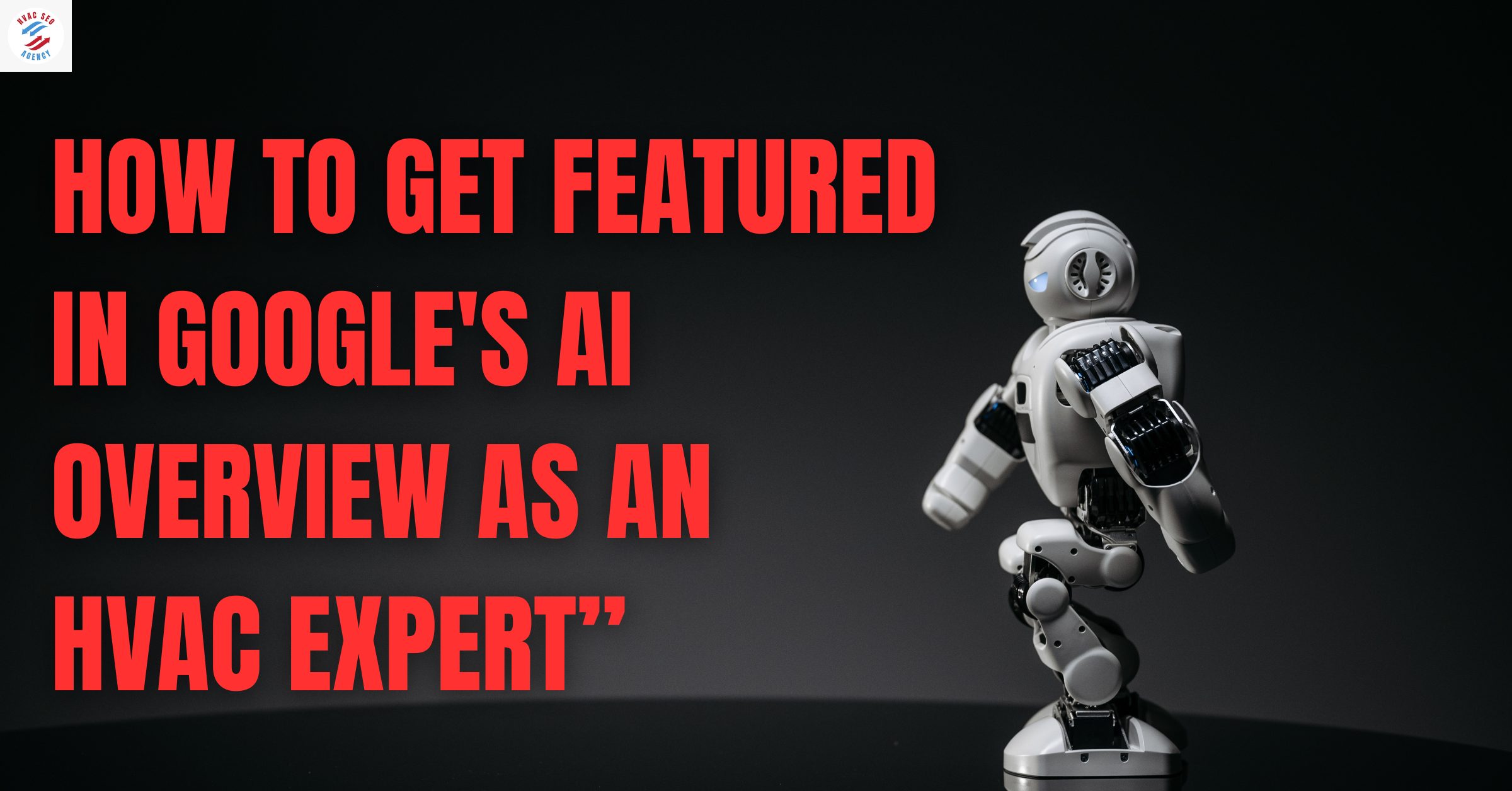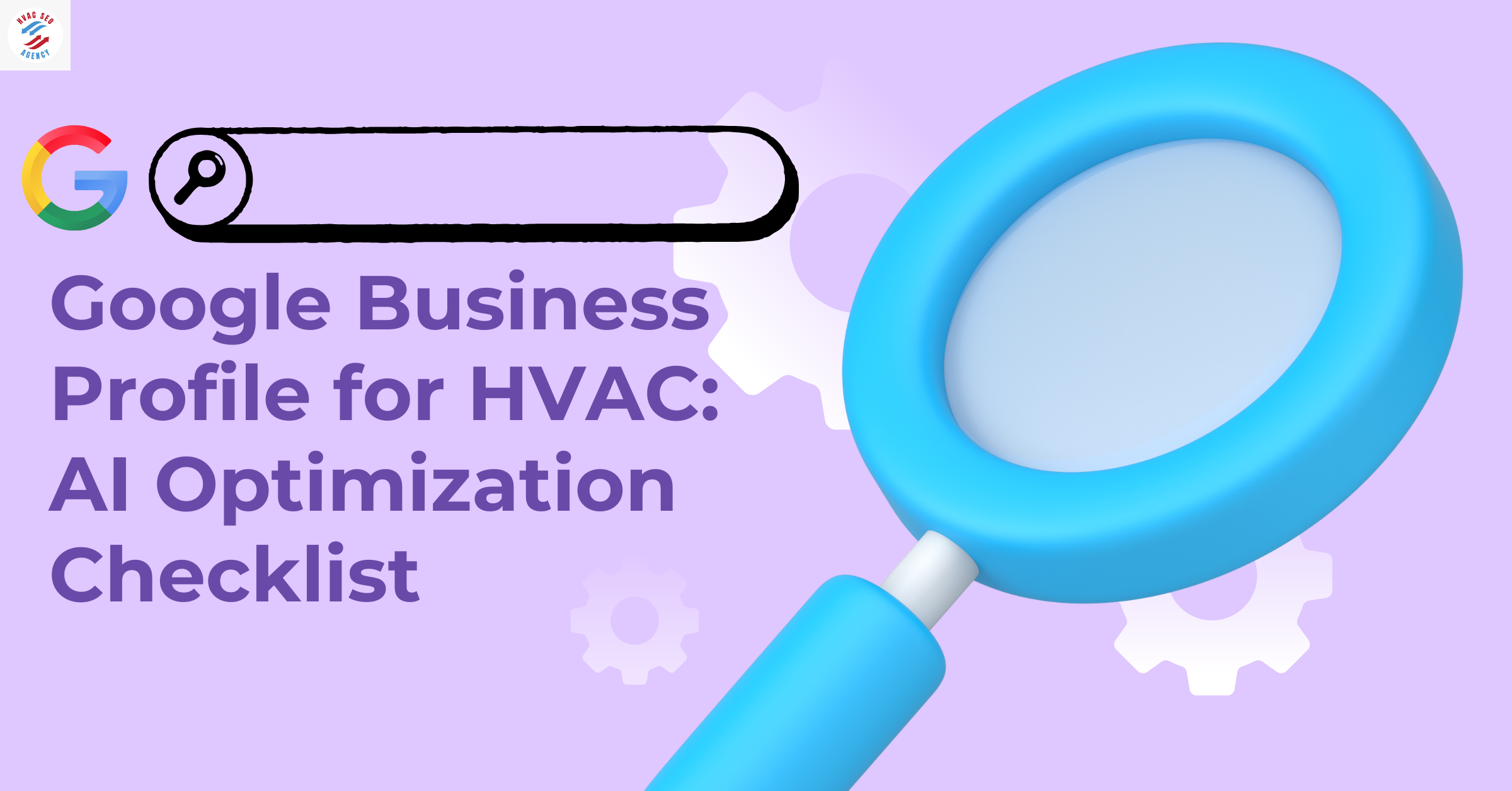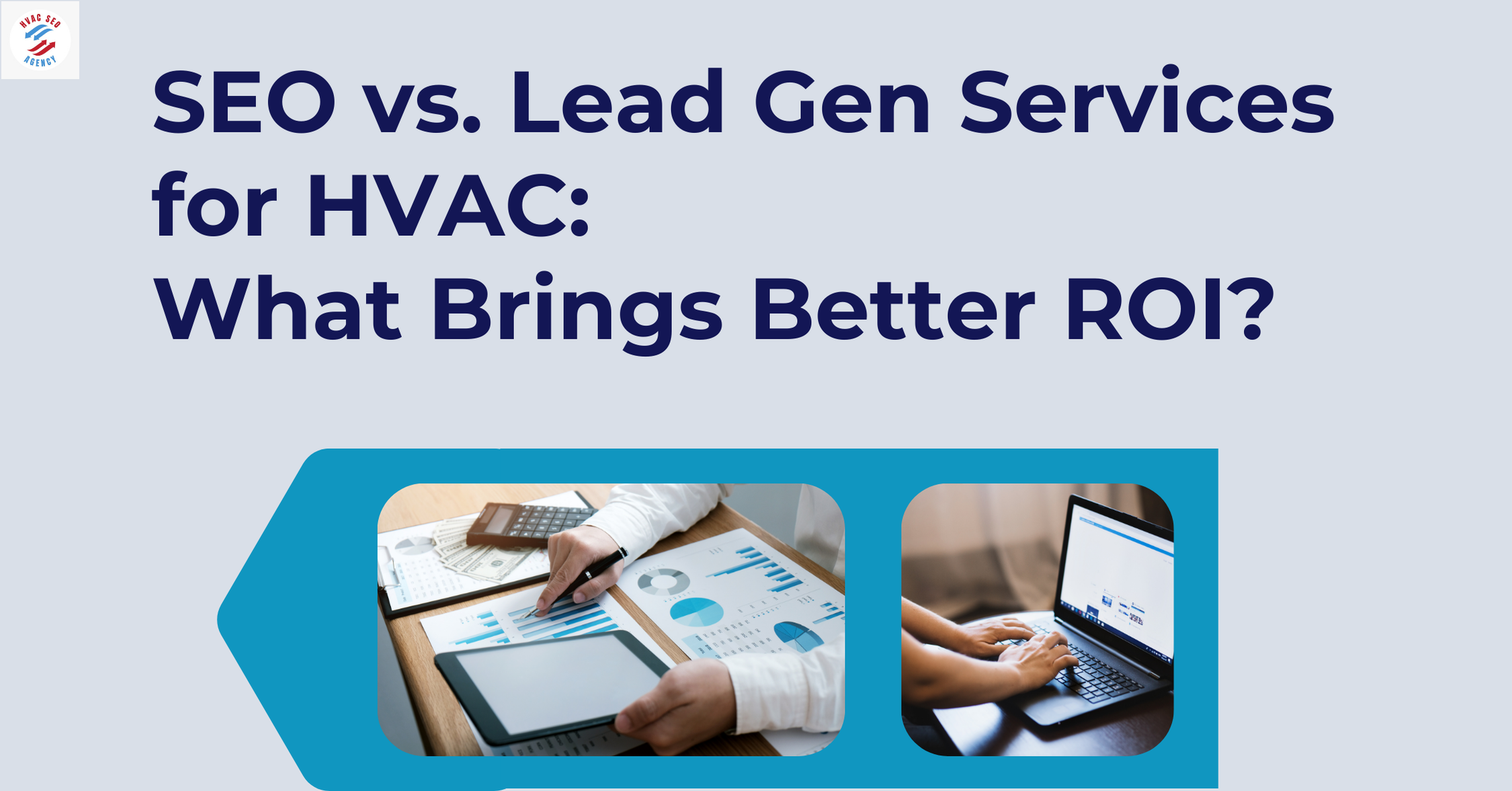10 HVAC Maintenance Best Practices to Keep Your System Running Efficiently

Air filters trap dust, pollen, and other airborne particles, preventing them from circulating throughout your home. Over time, these filters become clogged, reducing airflow and forcing the HVAC system to work harder. This increased strain can lead to higher energy consumption and potential system malfunctions.
Energy Consumption Reduction
According to the U.S. Department of Energy, replacing a dirty, clogged filter with a clean one can lower your air conditioner's energy consumption by 5% to 15% .This simple maintenance task can result in significant energy savings over time.
Recommended Replacement Frequency
It's advisable to check your air filter every month, especially during peak usage periods in summer and winter. At a minimum, filters should be replaced every three months. Homes with pets or residents with allergies may require more frequent replacements to maintain optimal air quality.
Table: Energy Consumption Based on Filter Condition
| Filter Condition | Energy Consumption Increase |
|---|---|
| Clean | Baseline |
| Moderately Dirty | Up to 5% increase |
| Very Dirty | Up to 15% increase |
Graph: Impact of Filter Replacement on Energy Consumption
Graph illustrating the relationship between filter cleanliness and energy consumption. As filter dirtiness increases, energy consumption rises proportionally.
3. Best Practice 2: Seasonal HVAC System Inspections
Explanation:
Seasonal inspections by a professional HVAC technician are crucial to ensure that your system is running smoothly and efficiently throughout the year. By having your system checked both before the cooling season and before the heating season, you can identify and address potential issues before they become significant problems.
Benefits of Bi-Annual Professional Inspections:
- Prevents system breakdowns
- Increases system lifespan
- Ensures energy efficiency
- Improves indoor air quality
Statistics:
- According to the U.S. Department of Energy, regular HVAC inspections can prevent up to 95% of HVAC system failures .
- Studies show that systems with regular maintenance run 25% more efficiently than those without .
Common Problems Identified During Seasonal Inspections:
| Problem | Resolution |
|---|---|
| Clogged air filters | Replace filters to restore airflow |
| Refrigerant leaks | Fix leaks to prevent system damage |
| Dirty coils | Clean coils to improve heat transfer |
| Faulty thermostat | Calibrate or replace thermostat |
| Duct leakage | Seal ducts to improve efficiency |
Graph: Correlation Between Regular Inspections and System Longevity
- Regular seasonal inspections extend HVAC system lifespan by identifying minor issues before they escalate. For example, systems that undergo bi-annual inspections last 5-10 years longer than systems without professional service.
- Here is a graph demonstrating the correlation between seasonal inspections and HVAC system longevity.
4. Best Practice 3: Cleaning and Maintaining Ductwork
Explanation:
Your HVAC system’s ductwork plays a critical role in air distribution. Clean ducts ensure efficient airflow, while dirty ducts can restrict airflow, reducing your system’s efficiency and potentially leading to costly repairs. Regular duct cleaning is essential for maintaining HVAC system efficiency and improving indoor air quality.Role of Clean Ducts in System Efficiency:
- Dirty ducts can restrict airflow, causing the HVAC system to work harder, thus increasing energy consumption.
- Clean ducts contribute to smoother airflow and a more balanced distribution of temperature throughout your home.
- Well-maintained ducts also prevent the buildup of dust, mold, and allergens in your home.
Statistics:
- According to the U.S. Department of Energy, cleaning your ducts can reduce energy consumption by up to 15% (energystar.gov).
- A study by the National Air Duct Cleaners Association (NADCA) found that 9 out of 10 HVAC systems had significant airflow issues due to dirty ducts (nadca.com).
Signs of Dirty Ducts:
Sign Action Required Increased dust accumulation Clean ducts to improve airflow Strange odors in the air Clean ducts and replace filters Uneven heating or cooling Clean ducts and check for leaks Higher energy bills Clean ducts to improve system efficiency Graph: Energy Savings from Duct Cleaning
- Studies show that cleaning your HVAC ducts can reduce energy consumption by improving airflow.
- Here is a graph showing the potential energy savings from regular duct cleaning.
5. Best Practice 4: Calibrating Thermostats
Explanation:
Accurate temperature control is essential for ensuring HVAC system efficiency. A malfunctioning thermostat can cause your HVAC system to work harder than necessary, leading to higher energy costs. Calibrating your thermostat regularly ensures that it provides accurate readings, allowing your system to run at optimal levels.
Importance of Accurate Thermostat Calibration:
- Incorrect temperature readings can cause the HVAC system to run longer than necessary, increasing energy consumption.
- A properly calibrated thermostat helps maintain the desired temperature without unnecessary cycles, ensuring that the system operates efficiently.
Energy Savings from Thermostat Calibration:
- According to the U.S. Department of Energy, homeowners can save up to 10% annually on heating and cooling costs by properly setting and calibrating their thermostats.
- Regular calibration ensures that your thermostat’s temperature readings are within an acceptable margin of error, typically within one degree of the actual temperature.
Common Thermostat Issues and Solutions:
| Issue | Solution |
|---|---|
| Thermostat reading too high | Calibrate thermostat to reduce energy waste |
| Thermostat reading too low | Adjust thermostat settings and recalibrate |
| Erratic temperature control | Replace faulty thermostat or recalibrate it |
| Short cycling (frequent on/off) | Check thermostat settings and calibration |
6. Best Practice 5: Lubricating Moving Parts
Explanation:
Your HVAC system includes several moving parts, such as fans, motors, and compressors. Over time, friction from these moving components can cause wear and tear, potentially leading to costly repairs and decreased system efficiency. Regular lubrication of these moving parts reduces friction, extends the lifespan of components, and ensures smoother operation.
Importance of Lubrication:
- Proper lubrication reduces friction and wear on key HVAC components.
- This helps prevent overheating, decreases the likelihood of system breakdowns, and improves overall efficiency.
- It also ensures quieter operation, which is especially beneficial in residential environments.
Statistics:
- According to the U.S. Department of Energy, regular lubrication of HVAC components can improve system efficiency by up to 10% .
- A study by HVAC experts shows that systems with well-lubricated components last 20-30% longer than those that are not regularly maintained .
Components Requiring Lubrication and Recommended Frequency:
| Component | Lubrication Frequency |
|---|---|
| Fan motors | Every 6 months |
| Compressor | Every 6 months |
| Blower motors | Every 6 months |
| Fan blades | Every 12 months |
Graph: Relationship Between Lubrication and Component Lifespan
- Proper lubrication reduces wear and tear, significantly increasing the lifespan of HVAC components.
- The following graph shows the correlation between regular lubrication and the lifespan of HVAC components.
7. Best Practice 6: Checking and Sealing Leaks
Explanation:
Leaks in the ductwork or refrigerant lines can cause significant energy loss, reducing HVAC system efficiency. Sealing these leaks ensures that air flows smoothly through the ducts, which helps maintain system efficiency and comfort levels throughout your home. Sealing refrigerant leaks is also critical for the proper functioning of the air conditioning system.
Identifying and Sealing Duct Leaks:
- Leaks in the ducts can cause up to 30% of the conditioned air to be lost, which means your HVAC system has to work harder to maintain the desired temperature.
- Common sources of leaks include loose duct connections, holes in the ducts, and gaps at junctions.
Energy Loss Due to Leaks:
- According to the U.S. Department of Energy, sealing duct leaks can improve HVAC system efficiency by up to 20%, saving homeowners significant amounts on energy bills.
- Sealing refrigerant leaks also improves the efficiency of air conditioning systems by ensuring optimal refrigerant levels and preventing overheating.
Common Leak Sources and Detection Methods:
| Leak Source | Detection Method |
|---|---|
| Duct connections | Use a smoke pencil or infrared camera to detect leaks |
| Holes in ducts | Conduct a visual inspection or use a duct blaster tool |
| Gaps around joints | Apply a thick bead of caulk or sealant around joints |
| Refrigerant lines | Inspect visually for oily residue or use an electronic leak detector |
Graph: Energy Efficiency Improvements Post Leak Repairs
- Leaks in the HVAC system reduce energy efficiency, but repairs can lead to noticeable improvements in system performance.
- Below is a graph showing how energy efficiency improves after sealing leaks.
8. Best Practice 7: Cleaning Coils and Fans
Explanation:
Evaporator and condenser coils play a critical role in heat exchange in HVAC systems. Over time, dirt and debris can accumulate on these coils, reducing their ability to absorb and release heat effectively. Cleaning both the evaporator and condenser coils, as well as the fan blades, ensures the system operates efficiently.
Importance of Clean Coils and Fans:
- Dirty coils can lead to reduced heat exchange, forcing the system to work harder and consume more energy.
- Dirty fan blades can obstruct airflow, further decreasing efficiency.
- Regular cleaning ensures that the coils and fans operate at optimal levels, improving the system’s overall performance and reducing wear on components.
Statistics:
- According to the U.S. Department of Energy, cleaning evaporator and condenser coils can increase HVAC system efficiency by up to 30% .
- A study by the National Renewable Energy Laboratory (NREL) found that dirty coils and fans can increase energy usage by up to 50% if not properly maintained .
Recommended Cleaning Schedule:
| Component | Recommended Cleaning Frequency |
|---|---|
| Evaporator Coils | Every 12 months |
| Condenser Coils | Every 12 months |
| Fan Blades | Every 12 months |
Graph: Performance Comparison: Cleaned vs. Dirty Coils
- Regular coil cleaning improves heat exchange efficiency, reducing energy consumption.
- Below is a graph showing the performance comparison between cleaned and dirty coils.
9. Best Practice 8: Ensuring Proper Insulation
Explanation:
Proper insulation is essential for maintaining the desired indoor temperature and improving HVAC system efficiency. When your home or building is well-insulated, it reduces the load on your HVAC system by preventing heat loss in winter and heat gain in summer. Good insulation helps to maintain the temperature more easily, ensuring that your HVAC system works less and consumes less energy.
Importance of Proper Insulation:
- Insulation helps to keep your HVAC system from overworking by reducing the amount of heat lost or gained through walls, ceilings, and floors.
- It ensures consistent temperature distribution throughout your home, improving overall comfort.
- Good insulation supports HVAC efficiency, reducing energy bills and system wear.
Statistics:
- According to the U.S. Department of Energy, a properly insulated home can reduce energy consumption by up to 20-30%, depending on the insulation quality.
- A study by the National Insulation Association (NIA) indicates that homes with higher R-value insulation can save up to 50% on energy costs compared to poorly insulated homes.
Types of Insulation and Their R-Values:
| Insulation Type | R-Value (Resistance to Heat Flow) |
|---|---|
| Fiberglass batt insulation | R-3.5 to R-4.3 per inch |
| Spray foam insulation | R-6 to R-7 per inch |
| Blown-in cellulose insulation | R-3.5 to R-4.0 per inch |
| Rigid foam board insulation | R-5 to R-6 per inch |
Graph: Impact of Insulation Quality on HVAC System Efficiency
- Proper insulation reduces energy consumption and improves HVAC system efficiency.
- Below is a graph illustrating the impact of insulation quality on HVAC system efficiency.
10. Best Practice 9: Monitoring System Controls
Explanation:
Regularly monitoring the system controls, such as thermostats, pressure switches, and electrical connections, is essential for maintaining HVAC system efficiency. These controls regulate the overall functioning of the HVAC system and ensure that it operates at optimal levels. Faulty controls can cause unnecessary cycling, poor temperature regulation, and increased energy consumption.Importance of Monitoring System Controls:
- Ensures that your HVAC system operates at the desired temperature, avoiding overuse of energy.
- Prevents unnecessary wear on system components by ensuring the system turns on and off at appropriate intervals.
- Allows for early detection of system malfunctions, helping prevent costly repairs and downtime.
Statistics:
- A study by the National Institute of Standards and Technology (NIST) found that poor monitoring of HVAC system controls could lead to a 10-25% increase in energy costs due to inefficiencies.
- Regular maintenance of system controls has been shown to improve energy efficiency by up to 20% .
Common Control Components to Monitor:
Component Monitoring Action Required Thermostats Regular calibration and inspection Pressure switches Check for proper function and calibration Electrical connections Inspect for signs of wear or loose connections Motor controls Ensure smooth operation and proper cycling Graph: Correlation Between Control Maintenance and System Reliability
- Proper monitoring and maintenance of HVAC system controls lead to improved reliability and energy efficiency.
- Below is a graph illustrating the relationship between control maintenance and HVAC system reliability.
11. Best Practice 10: Scheduling Professional Maintenance Services
Explanation:
While homeowners can perform routine maintenance tasks, it is essential to schedule professional HVAC maintenance services to ensure that your system is thoroughly checked and optimized by experts. HVAC technicians have the knowledge and tools to diagnose issues that may not be immediately visible and perform more advanced maintenance tasks, such as refrigerant charging, comprehensive inspections, and system calibrations.
Benefits of Professional Maintenance Services:
- Professional technicians can detect hidden issues that may lead to system breakdowns.
- They perform more complex tasks, such as cleaning coils and charging refrigerants, which are critical for system performance.
- Scheduling regular professional maintenance can extend the lifespan of your HVAC system and ensure it runs efficiently year after year.
Statistics:
- According to the U.S. Department of Energy, systems that receive regular professional maintenance consume 10-15% less energy than systems that do not .
- A report by the Building Performance Institute (BPI) shows that HVAC systems with professional maintenance services last up to 30% longer than systems that are not professionally maintained .
Checklist for Selecting a Qualified HVAC Maintenance Provider:
| Criteria | Description |
|---|---|
| Certifications | Ensure the provider is licensed and certified by industry organizations (e.g., NATE) |
| Experience | Look for providers with extensive experience in HVAC maintenance and troubleshooting |
| Reviews and References | Check customer reviews and ask for references to ensure reliability |
| Services Offered | Verify that they offer a full range of maintenance services, including inspections, cleaning, and repairs |
Graph: Return on Investment (ROI) for Professional HVAC Maintenance Services
- Professional HVAC maintenance services improve system efficiency, reducing long-term energy costs and extending the life of the equipment.
- Below is a graph showing the ROI of regular professional HVAC maintenance services.
 12. Leveraging HVAC SEO Agencies for Business Growth
12. Leveraging HVAC SEO Agencies for Business Growth
Explanation:
For HVAC businesses, digital presence is crucial for attracting new customers and growing revenue. Partnering with an HVAC SEO agency can help optimize your website, increase visibility on search engines, and generate more leads. By utilizing the right SEO strategies, HVAC businesses can target specific customer needs, rank higher in local searches, and increase their overall online reach.How HVAC SEO Agencies Boost Business Growth:
- Increase Local Visibility: HVAC SEO agencies optimize HVAC businesses for local search results, ensuring they appear in front of customers in their geographic area.
- Lead Generation: Effective SEO strategies can generate more inbound leads by making your HVAC business visible to people actively searching for services like yours.
- Content Marketing: Agencies create high-quality content such as blogs, case studies, and customer testimonials to attract potential customers and engage existing ones.
- Improved Conversion Rates: With the right SEO strategy, HVAC websites can experience improved conversion rates, turning website visitors into actual customers.
Statistics:
- According to a report by BrightLocal, 78% of mobile location-based searches result in an offline purchase, highlighting the importance of local SEO for HVAC businesses .
- HVAC businesses that invest in SEO see an average of 50% more traffic to their website, which often leads to a 30-40% increase in sales.
Key SEO Strategies for HVAC Companies:
Strategy Description Keyword Optimization Use local and industry-specific keywords to improve search engine rankings. Local Listings Optimization Optimize Google My Business profile to rank higher in local search results. Content Creation Develop valuable content such as blog posts, how-to guides, and FAQs. On-Page SEO Ensure your website is mobile-friendly, has fast loading times, and includes relevant metadata. Graph: Growth Trajectory of HVAC Businesses with SEO Implementation
- Implementing an effective HVAC SEO strategy can significantly increase website traffic and revenue generation.
- Below is a graph showing the growth trajectory of HVAC businesses that have adopted SEO practices.






